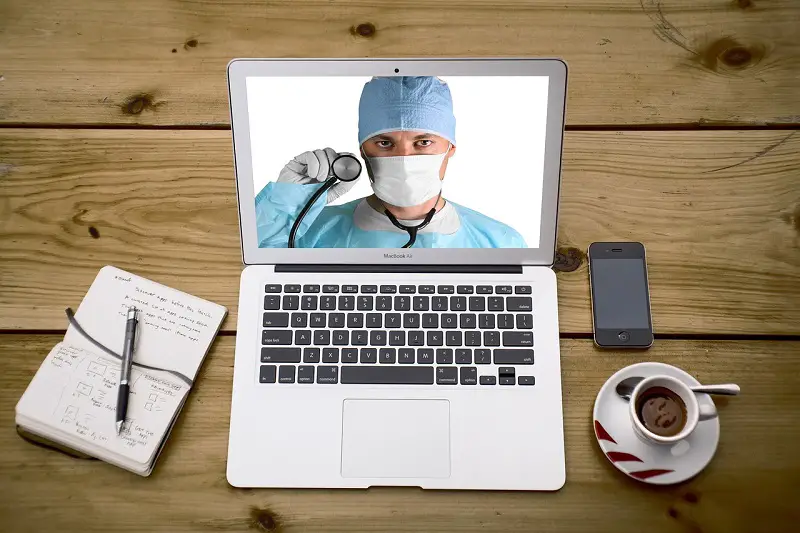In the early days of mobile technology, persona-to-person communication was at the core of it. Today, mobile technology has become an integral part of everyday life, with person-to-person communication being only a small fraction of its purpose.
In the medical field, mobile technology is playing a critical role in digital health care and telemedicine, and its influence in the medical field can only increase. This guide looks into the future of mobile technology in terms of its practical uses in the medical field today.
Faster Communication and Decreased Response Times
The role of mobile technology in enabling fast communication and response in emergencies is often overlooked but has significantly contributed to saving lives over the years.
Mobile technology like video conferencing has recently made service delivery even more effective and speedy, which was more evident during the COVID-19 pandemic. Patients didn’t have to move to the already crowded hospitals. Instead, physicians could provide diagnosis, counseling, and medication, ensuring timely interventions and reducing inconvenience caused by the influx of hospital patients.
With mobile technology improving daily, its contribution to fatter communication and enhanced response times can only improve with functions like remote surgical operation increasingly becoming an area of interest.
Streamlining Practice Management and Increasing Efficiency
A lot goes into providing effective healthcare, from proving diagnosis, gathering patient information such as medical history, performing scans, billing processes, and collaborating with other professionals while at the same time ensuring compliance with industry standards. These aspects have been part of healthcare long before the entry of mobile technology into the scene, but at much higher costs and an increased risk of costly errors.
Mobile technology makes handling these aspects of health care much more straightforward, reduces management costs, and increases overall effectiveness. To achieve this goal, healthcare providers are leveraging tools like EHR software that are accessible from desktops or mobile devices, allowing providers and collaborators access to patient data from any location.
Remote Medical Monitoring
Wearable technologies have been used for some time now to capture a wearer’s vital health information, especially in athletics. Wearables coupled with mobile technology are changing the healthcare industry regarding patient monitoring and follow-up. Patients no longer need to get to the doctor to check their vitals. They only need a wearable device to monitor vitals such as pulse, blood, heart, and temperature.
The monitoring physician then uses this information to determine a patient’s physical fitness and recovery process, get new disease-related insights, suggest preventive measures, and compare patient data. This aids in determining which interventions work best for different situations.
This trend can only increase in the future as healthcare providers venture into the most convenient options for them and their patients.
Reducing Operational Costs
Every investor in the healthcare industry is concerned about their operation costs. At the same time, they want to ensure that their pricing is competitive, and mobile technology helps facilities do exactly that. As mentioned earlier, it helps make management easy and effective and reduces the human resources needed to keep a facility running. But besides staffing, mobile-based technologies in healthcare are cloud-based, so healthcare providers do not need to invest in physical servers or worry about maintenance costs.
Users only pay for the services and the space their data occupies on the cloud. Reduced operation costs do not benefit healthcare providers only. It trickles down to patients in reduced health care costs.
Data safety has always been a massive concern for healthcare providers when considering going online. However, recent years have seen tremendous strides in improving security for cloud-based technologies, which has seen an increased shift towards incorporating digital technology into healthcare, and the shift can only increase going into the future.




